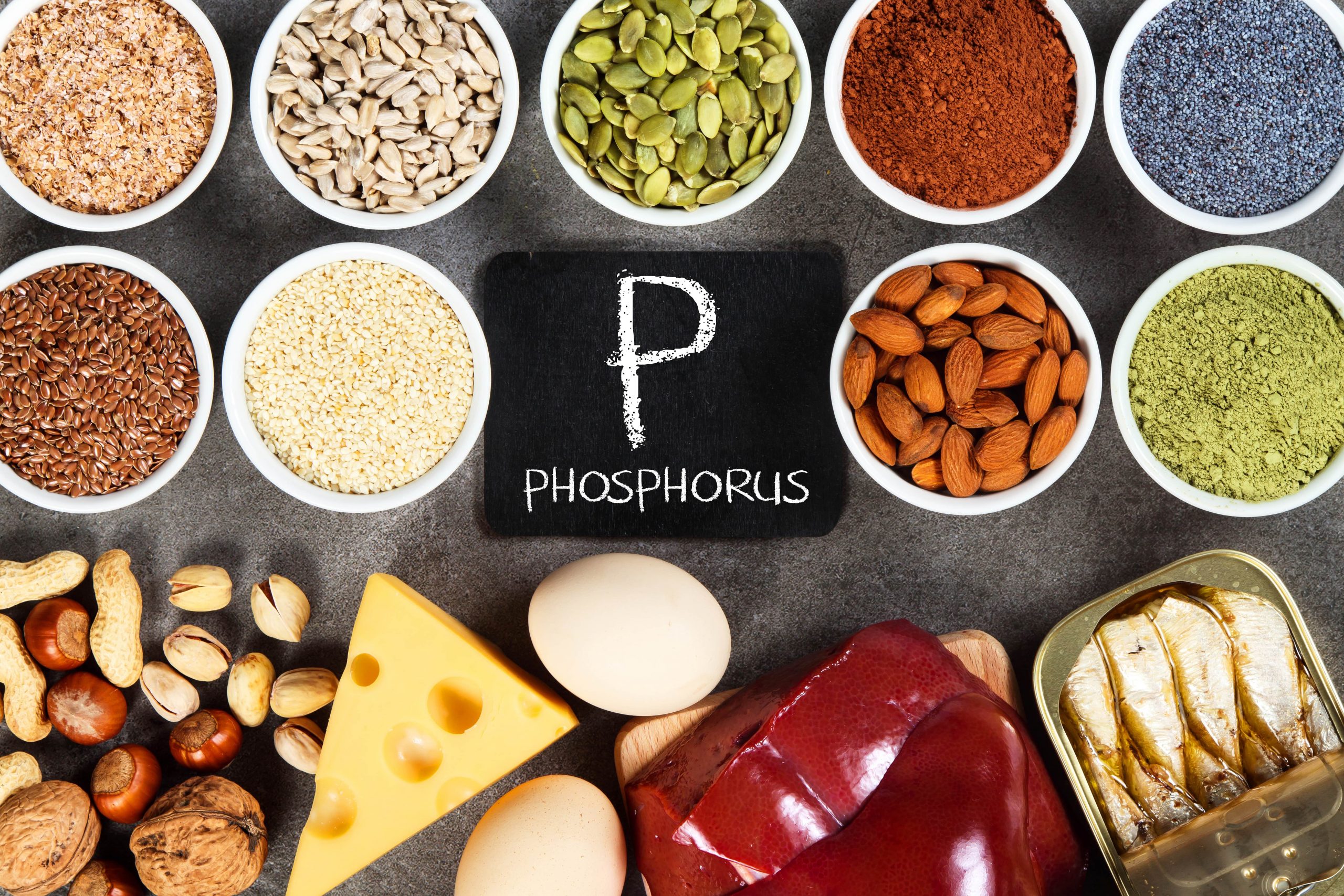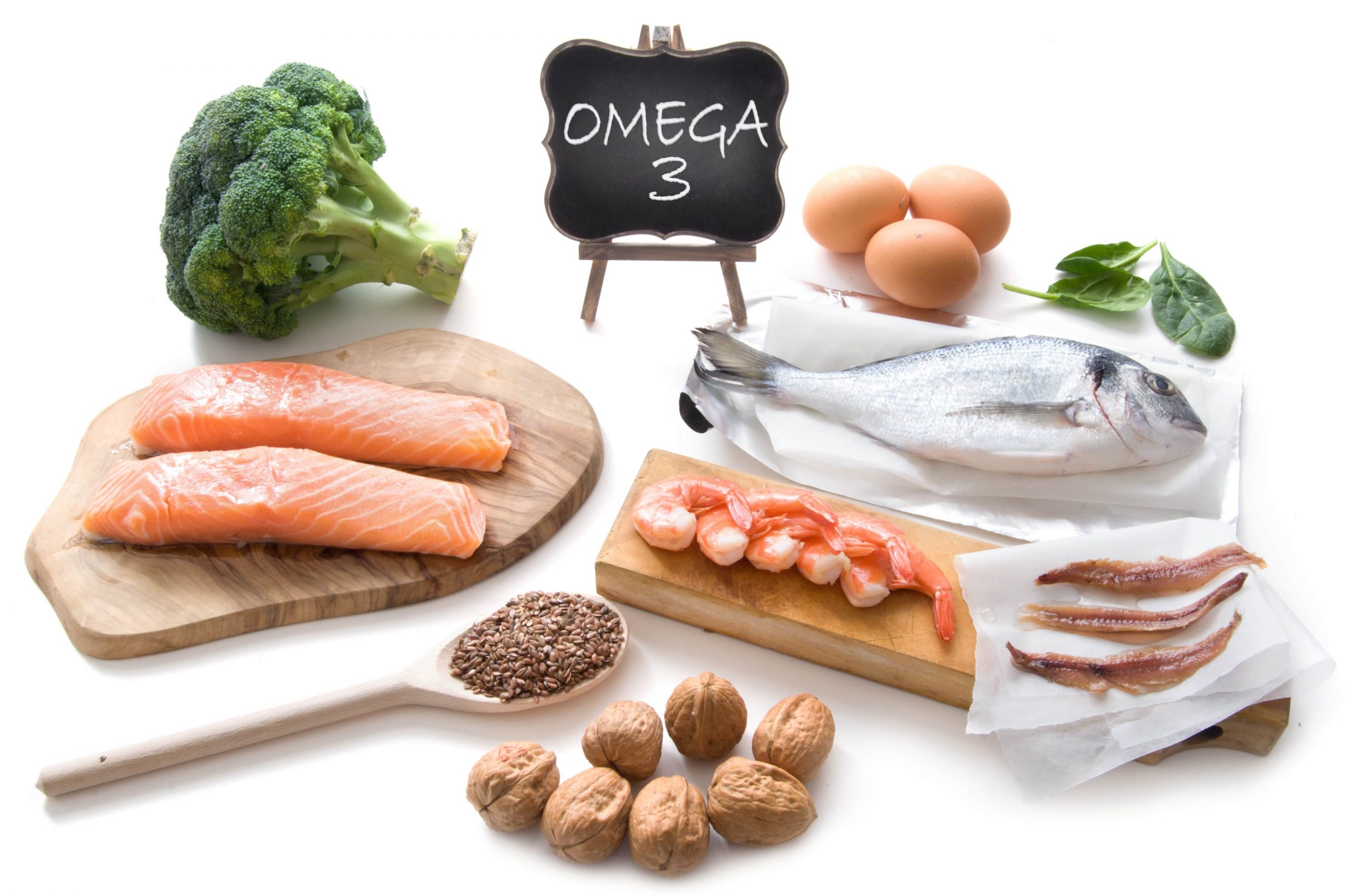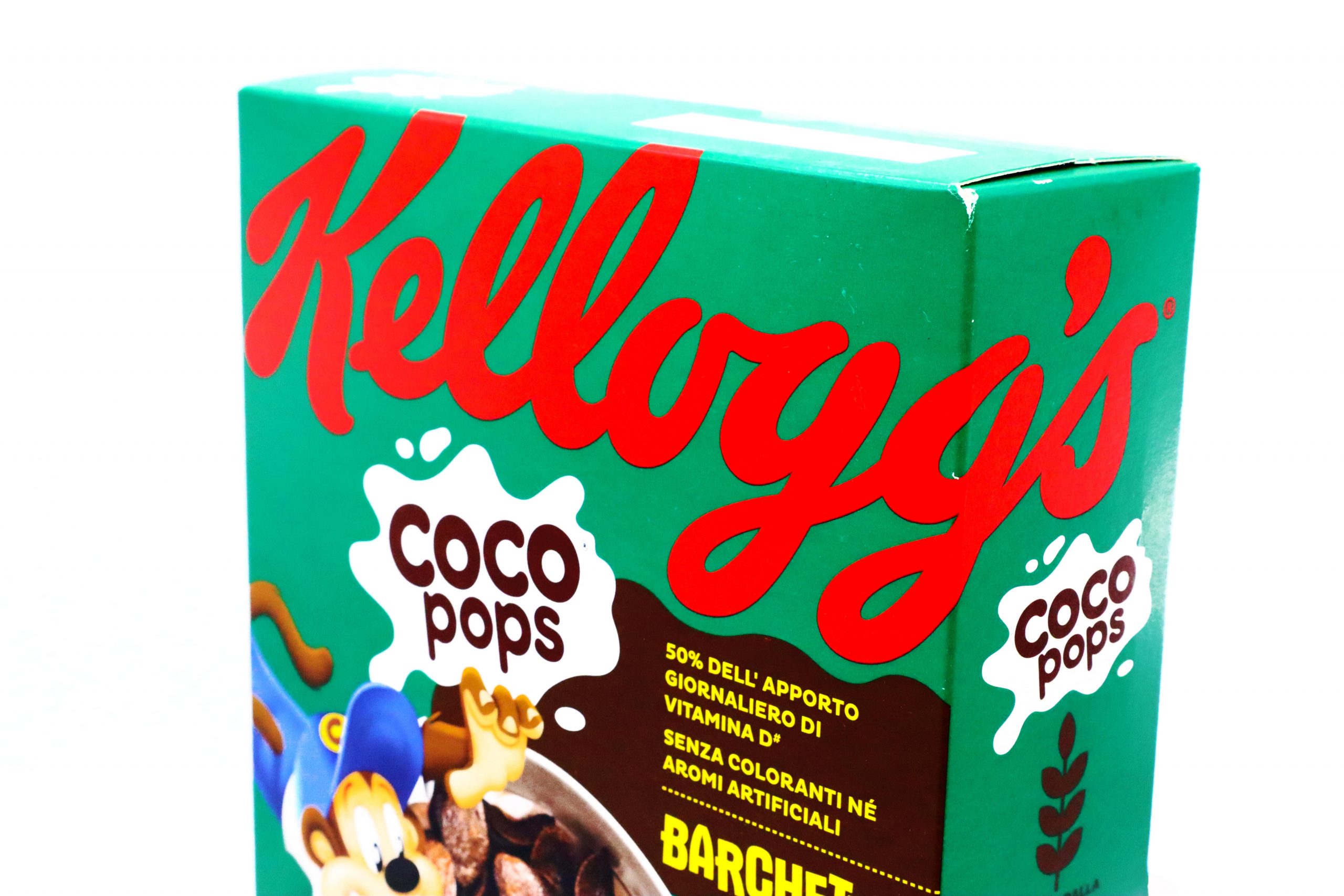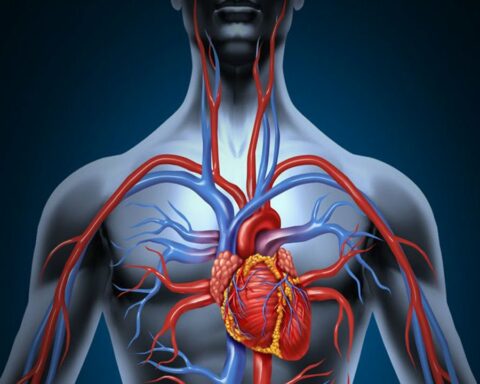Phosphorus is one of the critical nutrients the body needs, especially due to its role in forming new cells and energy buildup. While most foods we take contain this nutrient, some have more of it than others.
For the body to form new cells, maintain bone density and strength, and generate energy, phosphorus mineral is useful. The nutrient is this essential in the body, which is why its recommended daily intake (RDI) is 700mg. Of course, most foods have phosphorus, making deficiencies rare. Still, pregnant mothers and teenagers need more than the RDI figure; hence, they may suffer phosphorus deficiency. While phosphorus is useful to the body, its excessive amounts are detrimental, especially for those with kidney problems who cannot efficiently eliminate it. Therefore, there is a need to watch one’s intake to minimize the chances of excess phosphorus. Here are some excellent sources of phosphorus.
i. Soy
Soybeans are among the richest dietary sources of phosphorus, whether in the mature or immature form. For instance, mature soybeans offer more than 100% RDI value for just a 172g serving. What’s more, they are versatile and can be enjoyed in several ways, including crunchy snacks, seasoning, or roasting. Edamame, the immature soybeans, equally have phosphorus but contain 60% less of what mature ones offer. Some people enjoy natto and tempeh, the fermented soybeans, which are also good phosphorus sources. For every 85g serving, they have 146mg and 212mg of phosphorus, respectively. Unfortunately, soy milk and tofu contain less than 20% of the phosphorus RDI.
ii. Whole grains
Wheat, rice, and oats are just a few of the many whole grains that make wonderful phosphorus sources. For example, every cooked cup of rice, oats, and wheat offers 162mg-194mg, 180mg-234mg, and 194mg-291mg of phosphorus, respectively. Most seeds store their phosphorus in the inner (germ) and outer (endosperm) layers in phytic acid form, and so do most whole grains. Therefore, to make the stored phosphorus more available for the body to digest and absorb, soak, ferment, or sprout the whole grains.
iii. Quinoa and amaranth
Quinoa and amaranth possess the properties of seeds and grains, but they are not any of these. Rather, they are known as pseudo-cereals, owing to the hybrid nature of their characteristics. They are wonderful sources of phosphorus, offering 40% and 52% of the mineral for quinoa and amaranth, respectively. Moreover, they are heavily packed with fiber, proteins, and other nutrients; hence they are wholesome dietary elements. Like the seeds and whole grains, they need soaking, sprouting, or fermentation to make the stored phosphorus readily available.
iv. Dairy products
Most people who are lactose tolerant and take dairy products hardly suffer from phosphorus deficiency. Cheese has the highest phosphorus content, as seen in Romano cheese which offers 30% RDI and just a 28g serving. Skim milk is also packed with a fair amount of phosphorus, having 35% RDI in a 243g serving. For the highest benefits, consume non- and low-fat dairy products since they are loaded with more phosphorus than the high-fat products.
v. Nuts
Brazil nuts, pistachios, pecans, and many other nuts are basic ingredients in the kitchen and baking industry, and for every good reason. They are loaded with proteins, minerals, and antioxidants, which boost immunity besides being good at helping you feel full for longer. Brazil nuts have the highest phosphorus content, harboring 67% RDI in a 67g serving. Other nuts also offer significant phosphorus amounts, with the least harboring 40%. Since the phosphorus in nuts is available in phytic seeds, they need to be soaked, fermented, or sprouted to make the nutrient readily available for digestion and absorption.
vi. Sunflower and pumpkin seeds
We enjoy sunflower and pumpkin seeds when blended into butter, taken as snacks, or added to salads, all of which extract the minerals and the phytochemicals in them. Moreover, they are great phosphorus sources, offering about 45% of the RDI value in a 28g serving. Like amaranth, quinoa, grains, and other seeds, pumpkin and sunflower seeds are found in phytate form, requiring soaking, sprouting, or fermentation to make the phosphorus available for digestion and absorption.
vii. Organ meats
Most people enjoy pate, a French delicacy since it’s both nutritious and delicious. This is just but an example of the many forms of organ meats, which offer significant amounts of phosphorus. For instance, fried cow brain is a finger-licking meal whose 85g serving adds 50% phosphorus RDI to the body. Another example is chicken liver, which is sweet and packed with 53% in the 85g serving. What’s more, organ meats have iron, trace minerals, and vitamins, including A and B12.
viii. Pork
Animal meats are good phosphorus sources, with pork being a good example. Different cuts will harbor varied mineral percentages, but the values range from 27% to 32% of the phosphorus RDI. Tenderloins have the most phosphorus, while chops have the least. Depending on the cooking method applied, the percentage is increased or reduced. For instance, boiling pork may lose up to 25% of the phosphorus, while dry heating ensures that up to 90% is left intact.
ix. Poultry
Poultry is another wonderful phosphorus source, offering up to 40% of the RI (300mg) in a 140g chicken serving. Turkey offers almost the same amount of the mineral. Like pork, the cooking method affects the final phosphorus content. For instance, boiling will lose up to 25% of the available phosphorus, while dry heating will preserve the most, about 90%.
x. Seafood
Are you a fan of seafood? You might have to reconsider your decision if your answer is no since seafood is among the best dietary sources of phosphorus. For instance, sardines, carps, and cuttlefish offer 59%, 64%, and 70% phosphorus RDI. Like with pork and poultry, boiling eliminates a good percentage of the available phosphorus.
Conclusion
Phosphorus is an essential part of the diet, especially due to its critical roles in generating energy, forming new cells, and maintaining bones’ strength and density. This article has discussed the top dietary sources of phosphorus. Even though most foods have a significant amount of this mineral, poultry, seafood, whole grains, seeds, soybeans, and milk products are among the best.
Credits
We would like to thank the below contributors who have helped us to write this article:
- Learn to Enjoy Self-care Routine - September 21, 2023
- Jonathan Aufray’s Story - July 29, 2023
- From Public Housing To Ivy League: The Inspiring Journey of Crystaltharrell.com and its Founder - June 7, 2023









